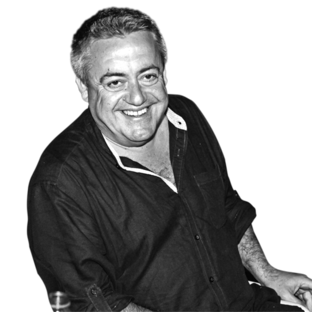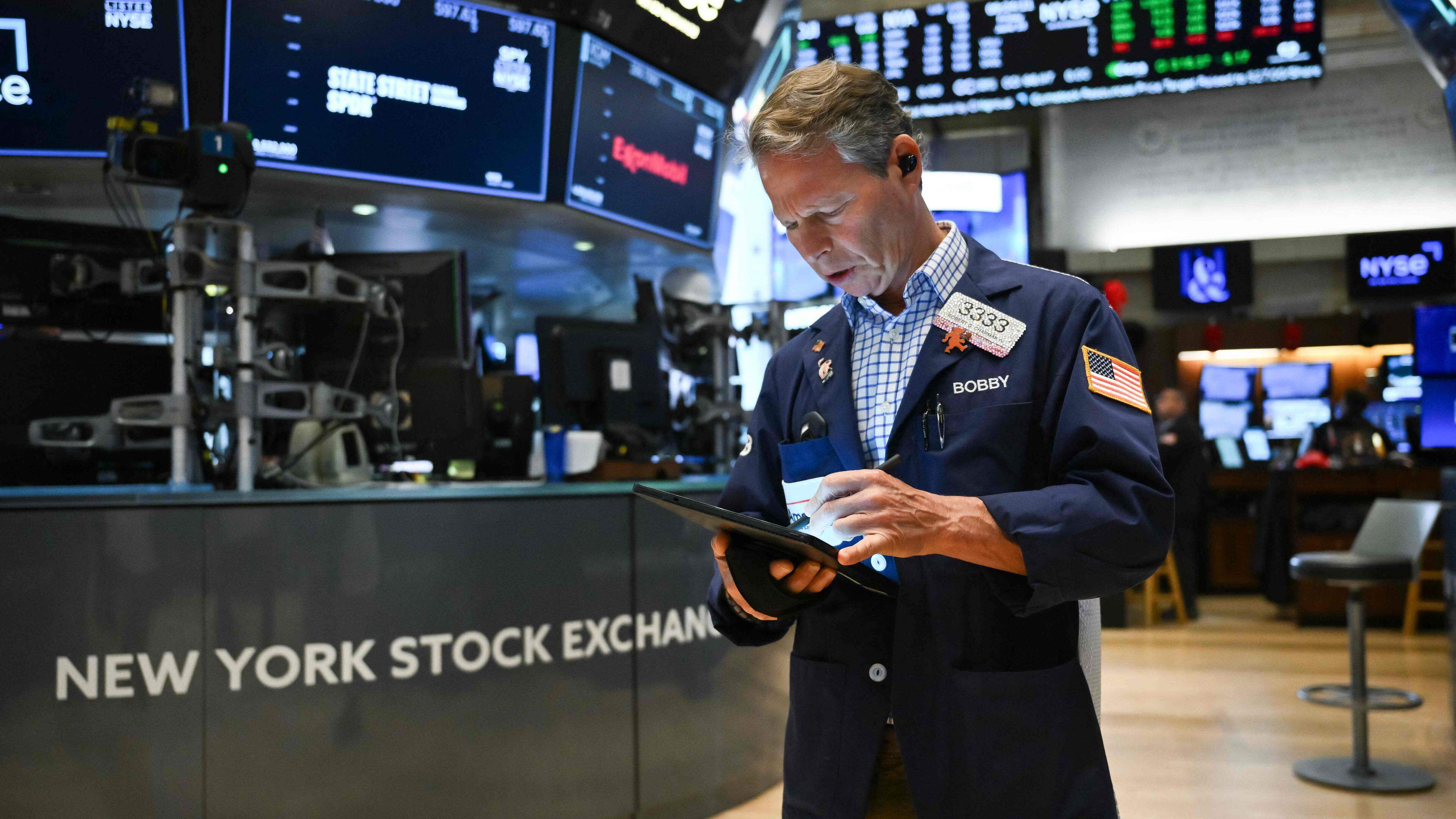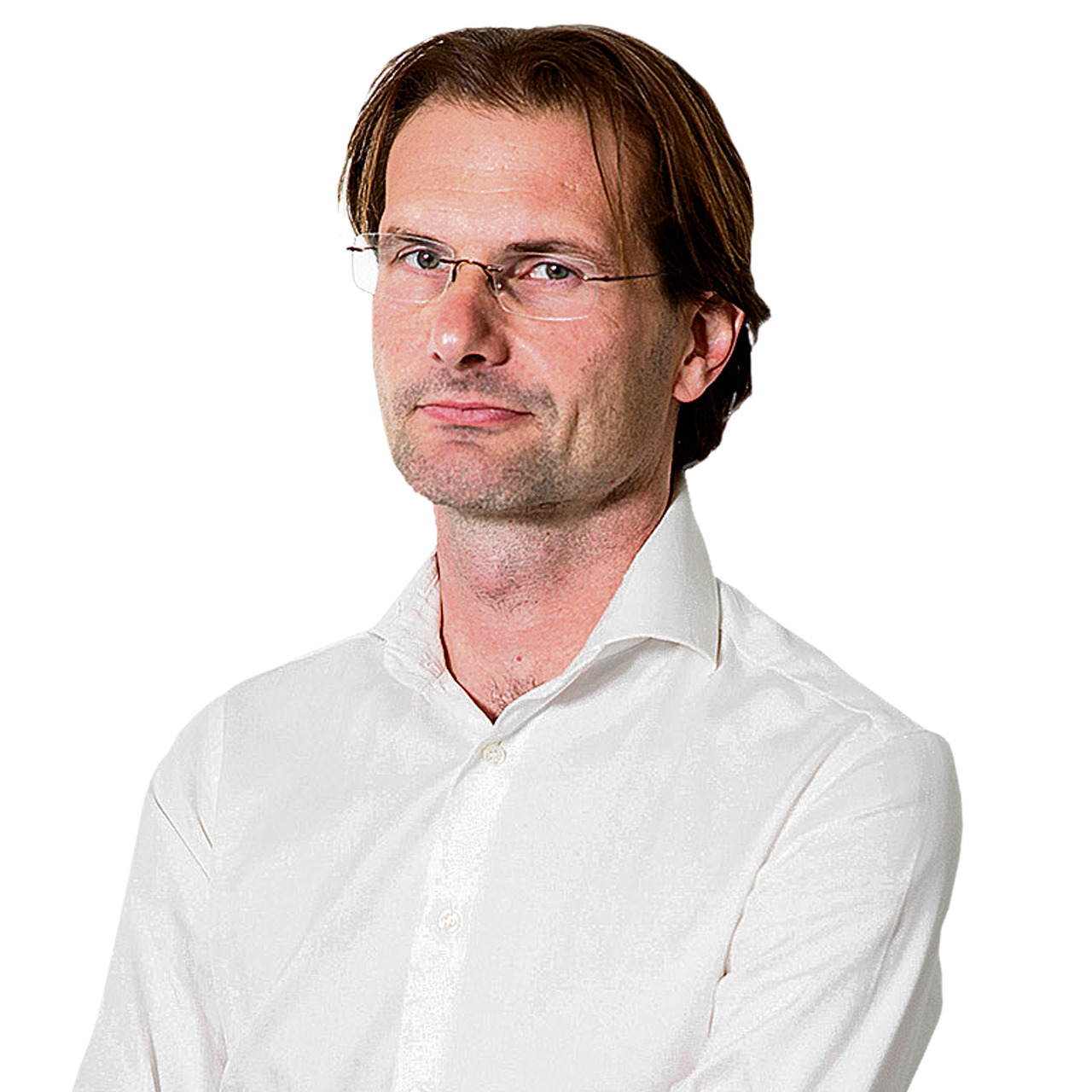Europe came by land and by sea. 40 years of agriculture and fishing in Portugal

The sardine on the ember with a drizzle of olive oil, which for these days of popular saints becomes the preferred choice of many Portuguese – especially the Lisbones – is a symbol of the combination of two sectors that have changed the most with European integration: agriculture and fishing. The signature of Portugal’s adhesion to the then European economic community, on June 12, 1985, with practical effects from January 1, 1986, marked the beginning of a deep transformation. Seen as a decisive step in consolidating democracy and national modernization, entry into the European project literally altered the country’s rural and coastal landscape.
The agricultural sector was one of the most who had to adapt to the new community rules. “A real revolution happened,” he begins with the I Luís Mira, Secretary-General of the Confederation of Farmers of Portugal (CAP).
Access to the Funds of the Common Agricultural Policy (PAC) has made it possible to modernize exploitation, mechanize processes and bet on quality. But modernization had costs. The example of the dairy sector is illustrative: “When we entered the EEC, we had 100,000 milk producers – 90,000 on the continent and 10,000 in the Azores. Currently, we have 2,800 in total,” recalls the official of Cap. It is a portrait of the concentration of production and exit of thousands of small farmers from the sector, many of them unable to monitor the technical and financial requirement of the new paradigm. « We have passed 25% of the active population in agriculture to less than 4%. But we were producing more than we produced and with much higher quality, » says Luís Mira, stressing that when we talk about the disappearance of these farmers, it is important to be aware that we are talking about people with 0.2 or 0.3 hectares of land, who lived « miserably for 50 years » and that the increase in the disability and the disability of life and the disability transmitted. Interest and knowledge to the next generation forced them to adapt and find other subsistence solutions.
Paid to do nothing?
Access to the Funds of Common Agricultural Policy (PAC) has made it possible to modernize exploitation, mechanize processes and bet on quality, which eventually “benefited consumers, because prices are lower” and also “encouraged environmental practices and more biodiversity”. Between 1985 and 1992, what Luís Mira called the “golden years” of common agricultural policy was lived. Until the first PAC renovation, farmers only needed to “produce, produce, produce and the rest was resolved”, with the surpluses to be bought by the European Union. Prices were administratively established by the Ministers of Agriculture and the European Commission, which generated “mountains of cereals, milk lakes, surplus in everything”, and needed to stop this “disastrous” situation. The commission then sold the surpluses to the world market, losing money. With “about 85% of the community budget” to be channeled to PAC, the situation became unsustainable, and the “production quotas” were then established-and we were prevented from growing more.
“The Commission bureaucrat,” which is accountable and concludes that, among the costs of storing and the losses of selling the surpluses, it is cheaper to pay for Portuguese farmers to not produce 10% of their land. This seemed to generate, in public opinion, the idea that « what was good was to be a farmer, » because it was paid to « do nothing ». But this is a mistake, says Luís Mira, stressing that it was a damage to the farmer, as he received much less than using all his land to produce. In addition, “the commission obliged and controlled that the conditions” of the land were maintained. « It is certain that, seven years later, there were no surpluses. So the policy achieved its goal. »
Despite all the challenges, the balance that Luis Mira makes of these forty years of European integration is very positive, although he considers that at the level of internal policy there are many opportunities that are not being used. « We have sectors that produce like never produced – such as olive oil, fruits and vegetables – although there has not always been a strategic use of European funds. » On the other hand, the CAP leader highlights the Alqueva project, classifying it as “the Portuguese case of largest territorial cohesion at the level of Europe”, which contributed to the development of agriculture to the south of the country, namely to the production of olive oil.
But it warns of the lack of long -term vision, considering that “Portugal is not investing sufficiently in efficient water management” and that there are many places with great potential to do so. “There are waves of Nazareth in agriculture,” he says.
“The country didn’t always know how to enjoy it”
Just as on land, the effects of adhesion at sea were equally transformative. “EU has allowed to stabilize an industry that is important to the country,” explains Abílio Martins Ferreira, who signs in I The Opinion Column Portuguese and closely follows the policies of the sea. However, he recognizes: « We have not had a strategy to expand our activity. We restricted more, we did not create other windows in the world. »
Abílio Martins Ferreira highlights three interconnected areas – traditional fishing, aquaculture and the transformation of fish – which should be viewed as an economic ecosystem. However, after decreasing the fishing fleet, as well as community norms, aquaculture did not grow as expected, and fish transformation remains underused. Still, the columnist highlights the positive side: “Portugal is today one of the few European countries without overweight”, which represents an environmental victory and allows the sustainability of species.
On the other hand, fishermen complain about restrictive quotas and difficulty maintaining activity, although fish consumption in Portugal is about 55.6 kg per year-more than double the EU average. For Abílio Martins Ferreira, Aquaculture, which could compensate for this limitation, remains underdeveloped. “The country has never seriously took the need to create a joint strategy for fishing, aquaculture and the transformation of fish,” he laments, criticizing excessive bureaucratization and some environmental rigidity that wages many investment projects on the Portuguese coast. Nevertheless, he stresses that the problem “is not adherence to Europe” but internal inaction. « Adhesion brought us opportunities, funds, a wide market. The country is not always able to enjoy. » “We have a wonderful sea, a fantastic coast and high quality fish,” he adds. Portugal has been affirming the excellence of its fish, such as Sardine. In recent years, origin and quality certification efforts have been made that value the product in the domestic and export market. “Certifying our fish is also a competitive advantage,” argues the columnist.
For both Abílio Martins Ferreira and Luís Mira, adherence to the European Union was essential to modernize Portugal and open markets.
Today, forty years after the adhesion, the sardine in the ember, watered with olive oil and accompanied by a glass of wine, remains a symbol of the country. But it should also serve as a reminder of the importance of an integrated, national and community strategy, capable of taking the best party of ‘Western Lusitana Beach’, taking the opportunity to remind Camões in this day.






